
MED-EL
Published Dec 23, 2015
Learn About the History of Hearing Aids
Explore the evolution of hearing aids from their humble beginnings to advanced cochlear implants. Discover how early devices like ear trumpets and carbon hearing aids paved the way for modern innovations and how cochlear implants are transforming lives today.
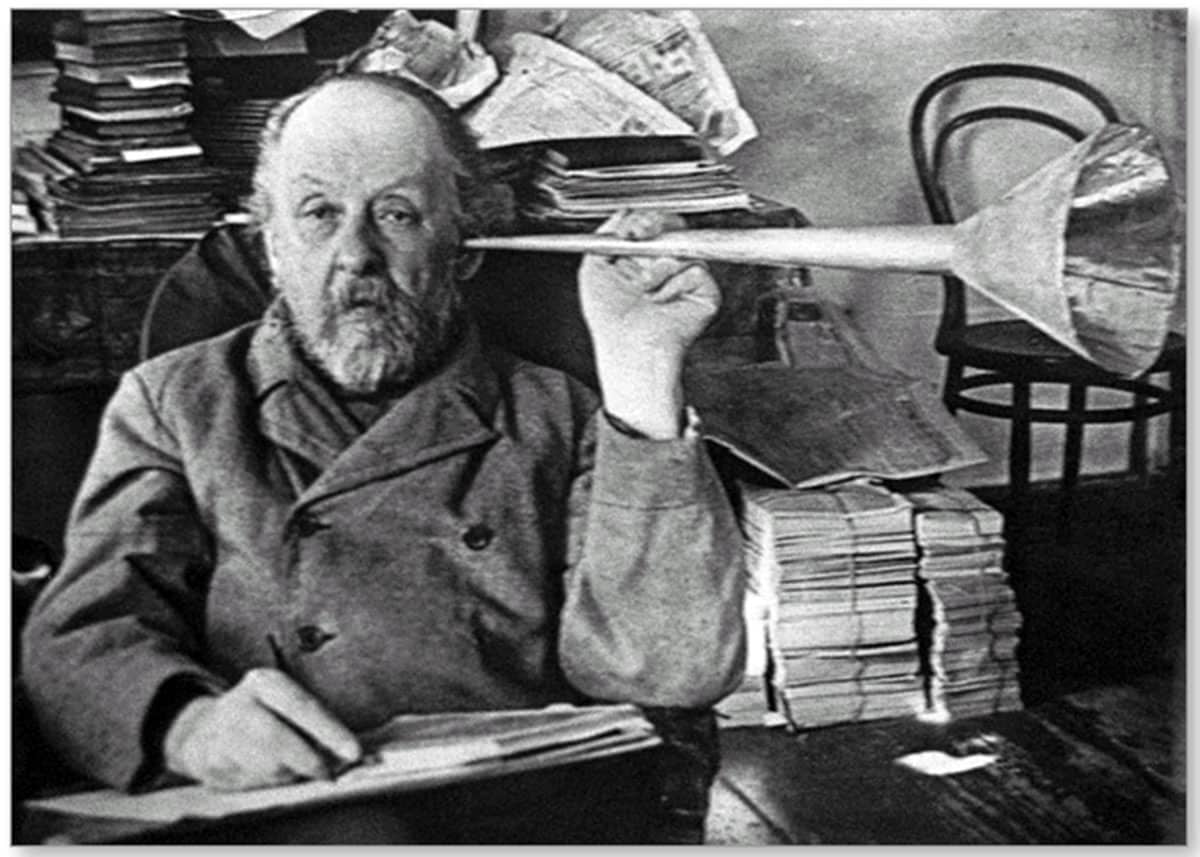
Odds are hearing loss has been around just about as long as humans have been around. But, for millennia attempts to help people with hearing loss weren’t very effective.
It took time for the technology to be invented, especially when some people claimed it was karma or a punishment from above.
Back then, about the best that someone could do was cup their hand behind their ear. This can double how well someone hears lower-frequency sounds (a 12 dB gain at 1000 Hz) but it’s not very useful for hearing voices better.
That all started to change a few hundred years ago.
The History of Hearing Aids
The first time anybody wrote about a hearing aid was in 1640, when an Italian nobleman wrote about a trumpet-shaped horn that directed sounds towards someone’s ear. Most of these early ones were made from animal horns or seashells and were pretty big: 40—60 cm long and around 15 cm wide at the bell.
Ear Trumpets
Around 1800, people started manufacturing ear trumpets specifically for people with hearing loss. The first shop to manufacture hearing aids was opened by Frederick C. Rein started in 1796. That picture at the top of this page is of the Russian composer Pyotr Ilyich Tchaikovsky using an ear trumpet.
Conversation Tubes
Around this time another type of hearing aid was invented: the conversation tube. Conversation tubes usually had on one side the speaker talking into the large end, and the listener holding the other smaller end right up to their ear. One of the earliest hearing aids has been dated to 1796, and we’ve got evidence that they were sold alongside ear trumpets.
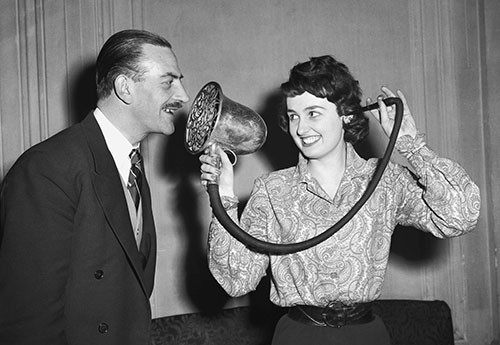
Hiding Hearing Loss
Ear trumpets might have been better than nothing, but many people considered them unsightly. They were big, and they were obvious. At a time when people looked down on those with hearing loss, this definitely wasn’t an ideal solution.
So, in the early 1800s people started adapting the ear trumpet into other designs. They would incorporate the horn into decorative objects like flower vases. Someone with hearing loss could hold the earpiece up to their ear and hear whatever sounds the vase picked up. At the time they considered this pretty discreet, but can you imagine what somebody would think of it today? Imagine carrying this across the room when you switched tables.
One of the most elaborately disguised hearing aids was made for King John IV of Portugal, a hearing throne! The arms were shaped like lions with open mouths. Each of the two mouths had a resonator which picked up sound and sent it to his earpiece.
(Maybe this could be an idea for our next audio processor? “The MED-EL Throne.”)
.. Here Comes Electricity
Carbon Hearing Aids
All of the hearing aids above were entirely acoustic, which means they didn’t use electricity. With the introduction of electricity, everything changed.
Carbon hearing aids started popping up around 1900, and were the first type of hearing aid to use electricity. The electricity flowed through a speaker that contained little carbon balls (that’s why they’re named “carbon” hearing aids) and most were about the size of a lunchbox. Here is more information on the carbon microphone and how it works.
Like the decorative hearing aids above, early carbon hearing aids were usually set on a table so the microphone could pick up what was being said. With time, they got small enough to be held in one hand.
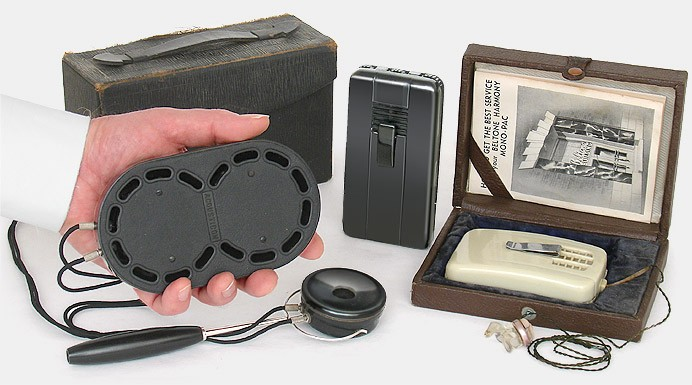
Although carbon hearing aids were better than acoustic hearing aids, they didn’t provide hugely improved results. Most amplified speech by only about 15 dB, which isn’t very much when speech usually averages 60 dB. And even the amplified speech didn’t sound very good: it was noisy, scratchy, and could reproduce only a very narrow range of sound.
Vacuum-Tube Hearing Aid
Hearing amplification took a massive step forward with the introduction of the vacuum tube. Vacuum tubes could make sounds that were much louder and much cleaner than carbon hearing aids. Some could amplify sound up to 70 dB louder.
But that volume came at a cost: size. Early vacuum-tube hearing aids were about the same size as early carbon hearing aids. The first vacuum-tube hearing aid was invented in 1920, and was bigger than a brick used to build a house.
Like carbon hearing aids, vacuum-tube hearing aids kept getting smaller. Later designs were small enough to be worn on the body: strapped around the arm or chest like you might see someone wear a GoPro today. But there’s a limit to how small vacuum tubes and their batteries can be.
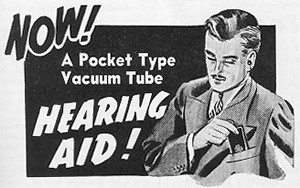
Transistor Hearing Aids
Transistors came about in the 1950s and changed all sorts of technology, especially hearing aids. Transistors do the same thing as vacuum tubes but are much smaller. People wanted smaller hearing aids so much that hearing aids were the first thing to use the new transistor technology. They came about even before the transistor radio.

The transistor hearing aid was introduced in 1953. It quickly became everybody’s darling: in 1953, about 50% of hearing aids sold were transistor-style. In 1954, 97% of them were transistor-style.
And when we say “smaller,” we aren’t joking: the very earliest transistor hearing aids were about the same size as the most advanced vacuum-tube hearing aids. Compare that to the first carbon hearing aids or the first vacuum tube hearing aids, which were both huge compared to later versions. By 1956, they were small enough to be built into a behind-the-ear design—the first example of a design that’s still around today.
Transistor Hearing Glasses
Another short-lived, but extraordinarily popular, design of hearing aids were the hearing glasses: transistor hearing aids with electronics built into the temple of a pair of eyeglasses. By 1959, about 50% of all transistor hearing aids were made as hearing glasses, and even people with perfect eyesight preferred them to behind-the-ear designs. Then, as with the Oakley Thump MP3 sunglasses that came out in the mid-2000s, they fell out of style and hard.

Transistor hearing aids continued to get smaller and smaller as the years went on, and eventually turned into today’s digital hearing aids. But even though they were small and powerful, some people had a hearing loss that was too much for hearing aids to help with.
Hearing Implants
Ear trumpets, carbon hearing aids, vacuum-tube hearing aids, transistor hearing aids. No matter how advanced they got, they all were based on the same general principle: pick up sound waves, amplify them, and send these amplified sound waves to the ear. In other words they just provide the ear with louder sound. And, all of them rely on a properly-functioning inner ear to convert these sound waves into nerve signals. That’s a big problem for someone whose ear doesn’t work properly.
Enter the cochlear implant: it’s not an understatement to call it a quantum leap for people with hearing loss.
Cochlear implants send electric signals straight to the cochlea, the part of the ear that converts sound waves into the sense of hearing. They’re for people who have a severe-to-profound hearing loss and can’t benefit from a hearing aid no matter how loud it’s turned up.
The first experiments into electrically stimulating the cochlea were in 1957. It was primitive technology by today’s standards, but it represented the start of a completely new era in treating hearing loss. For the first time, a medical device could replace a human sense: it could help people to hear even if they were born deaf.
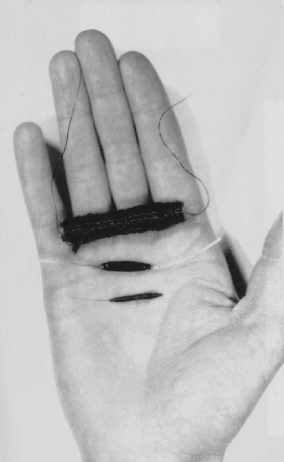
In the 1970s, development started to take off in laboratories around the world. At MED-EL, our founders Ingeborg and Erwin Hochmair started their cochlear implant program in 1975.
And they quickly invented some of the ground-breaking technologies that are found in every cochlear implant today. These include the world’s first multichannel microelectronic cochlear implant in 1977, the first behind-the-ear cochlear implant audio processor in 1991, the first bilateral cochlear implantation in 1996, the first hybrid cochlear implant in 1999, the first single-unit cochlear implant audio processor in 2013, and the first cochlear implant able to withstand a 3.0 Tesla MRI scan without the need to remove the magnet in 2014.
The list goes on and on, and today hundreds of scientists and engineers at MED-EL continue to passionately develop hearing implants that change people’s lives forever.
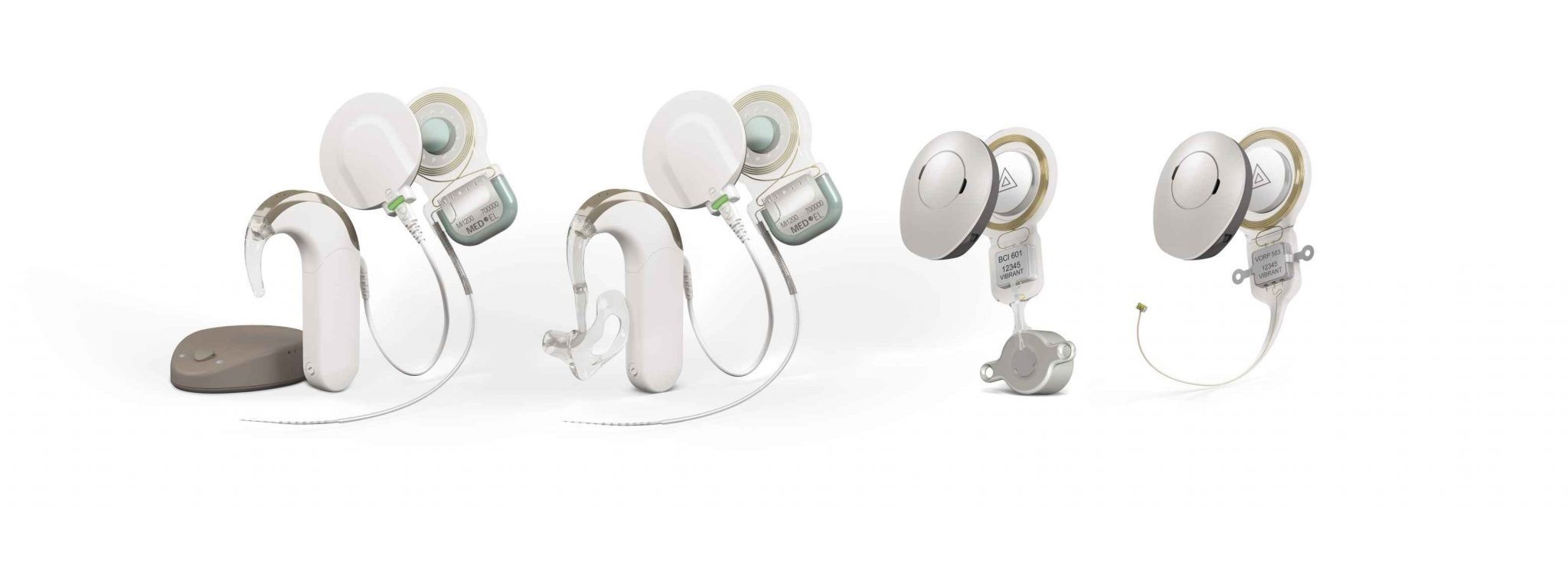
Learn more about the history of MED-EL and cochlear implants!
Sources:
http://beckerexhibits.wustl.edu/did/timeline/
http://www.hearingaidmuseum.com/resources/The%20Hearing%20Aids%20of%20Yesteryear.pdf‘
http://www.hearingaidmuseum.com
http://theinstitute.ieee.org/technology-focus/technology-history/the-history-of-hearing-aids
References

MED-EL
Was this article helpful?
Thanks for your feedback.
Sign up for newsletter below for more.
Thanks for your feedback.
Please leave your message below.
Thanks for your message. We will reply as soon as possible.
Send us a message
Field is required
John Doe
Field is required
name@mail.com
Field is required
What do you think?
© MED-EL Medical Electronics. All rights reserved. The content on this website is for general informational purposes only and should not be taken as medical advice. Contact your doctor or hearing specialist to learn what type of hearing solution suits your specific needs. Not all products, features, or indications are approved in all countries.

MED-EL

MED-EL


